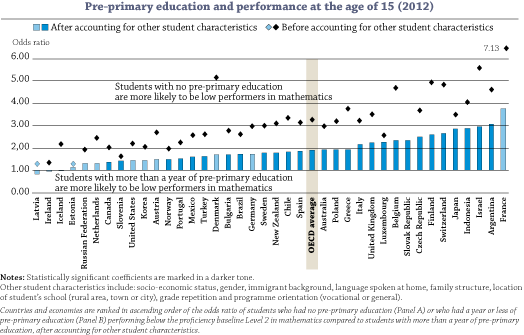Skills Summit 2016: Skills strategies for innovation, productivity and inclusion

by Andreas Schleicher Director, OECD Directorate for Education and Skills Building the skills needed to succeed at work and in life: Charting the path to 2025 In all OECD countries the working-age population is now either growing at a much slower rate than in the past or shrinking, making productivity and innovation the primary engines of economic growth. The expansion of global value chains and technological advances are reshaping the structure of employment and the skill requirements of jobs. Skills demand and supply continue to diverge rather than converge, despite large numbers of unemployed in many countries and pockets of entrenched unemployment in all. Everywhere, too few adults are upgrading their skills in response to the rapidly changing skills needs of the economy and society. At the same time, countries are also struggling with significant social challenges, such as rising inequality and large increases in flows of migrants. Skills are central to responding to all of these ...



